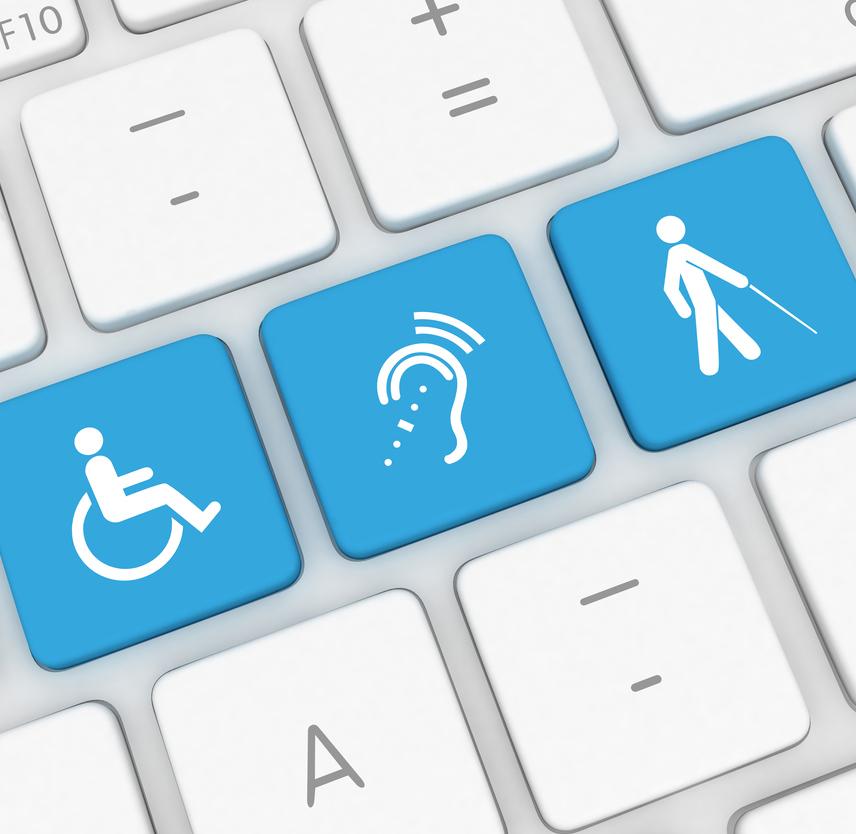
“People think because of my slow speech that I am not intelligent, or they treat me like I’m younger than I am. They are uncomfortable with what happened to me and assume I don’t understand things — although I do, very well. I know a heck of a lot! Maybe more than I should!” says Mary Walia.
Almost a decade ago, at 9-years old, Mary was hit by a car. The injuries to her brain and body were catastrophic. Mary had diffuse hemorrhaging in the space between her brain and skull, a fractured femur, a bruised lung, and a spinal cord injury. Because of her TBI, Mary uses a motorized wheelchair to get around, she has only one partially functioning arm, and uses a laptop computer with the keyboard function on the screen. She was the only student in her school who needed both physical support and regular education academic classes. However, often her assignments were not modified to accommodate her physical needs. More hurtful, people who worked to support Mary’s physical needs did not always recognize her cognitive capacity or realize that she remembers what it was like not to have disabilities.
Like Mary, people with brain injury can have problems with accessibility. They can run into countless obstacles — from websites that don’t take into account someone with vision problems or memory problems to buildings without wheelchair access.
What exactly is accessibility?
Accessibility is a general term used to describe the degree to which a product, device, service, or environment is usable to as many people as possible. The term “accessibility” is often used to focus on people with disabilities and their right of access to entities — for example, buildings, events, buses, websites, jobs, etc. — often through the use of assistive technology.
Environmental barriers
What keeps you from doing what you want to do? Maybe you can’t enter a building because the stairs to it have no railing, which you need because you have problems with balance as a result of your brain injury. Or maybe you can’t use the standard computer in your office because you have TBI-related visual field loss. These are called environmental barriers, and they depend on the person, the type of disability, and many other factors. Here are some examples of common obstacles, or environmental barriers, people with TBI may face:
- You can’t get to your medical appointments because you can’t drive.
- Your job is in jeopardy because your boss assumes incorrectly that your TBI means you can’t handle as much responsibility.
- You can’t go to your favorite movie theater because it doesn’t offer closed captioning on the screen and you have trouble hearing.
The good news is that, with help, problems or obstacles can be broken down so a solution can be found. For example, local transportation or carpools can substitute for driving, and assistive technologies for computers, telephones, and other devices can help people with visual and audio problems.
Know your laws
Educate yourself! There are federal civil rights laws that ensure equal opportunity for people with disabilities. The Americans with Disabilities Act prohibits discrimination on the basis of disability in employment, state and local government, public accommodations, commercial facilities, transportation, and telecommunications. The more you and your family know about laws regarding disability rights, the more you can ensure that you get the accessibility or accommodations you need at home, work, school, and in the community.
Taking action
What can you — or your family — do to change the barriers that get in your way? Here are some questions to ask:
- Do the people around you know what kind of support you need from them?
- Could you move to a different place that is more accessible?
- Could equipment like a cane or a wheelchair lessen your barriers?
- Could you find new people to be with — ones who are more supportive and positive?
Although Mary Walia’s disability may be what people see immediately, the things that really stand out about Mary are the persistence, insight, and humor she and her family have woven into their daily experience. She plans to make a career out of helping others with brain injury learn to talk again.
